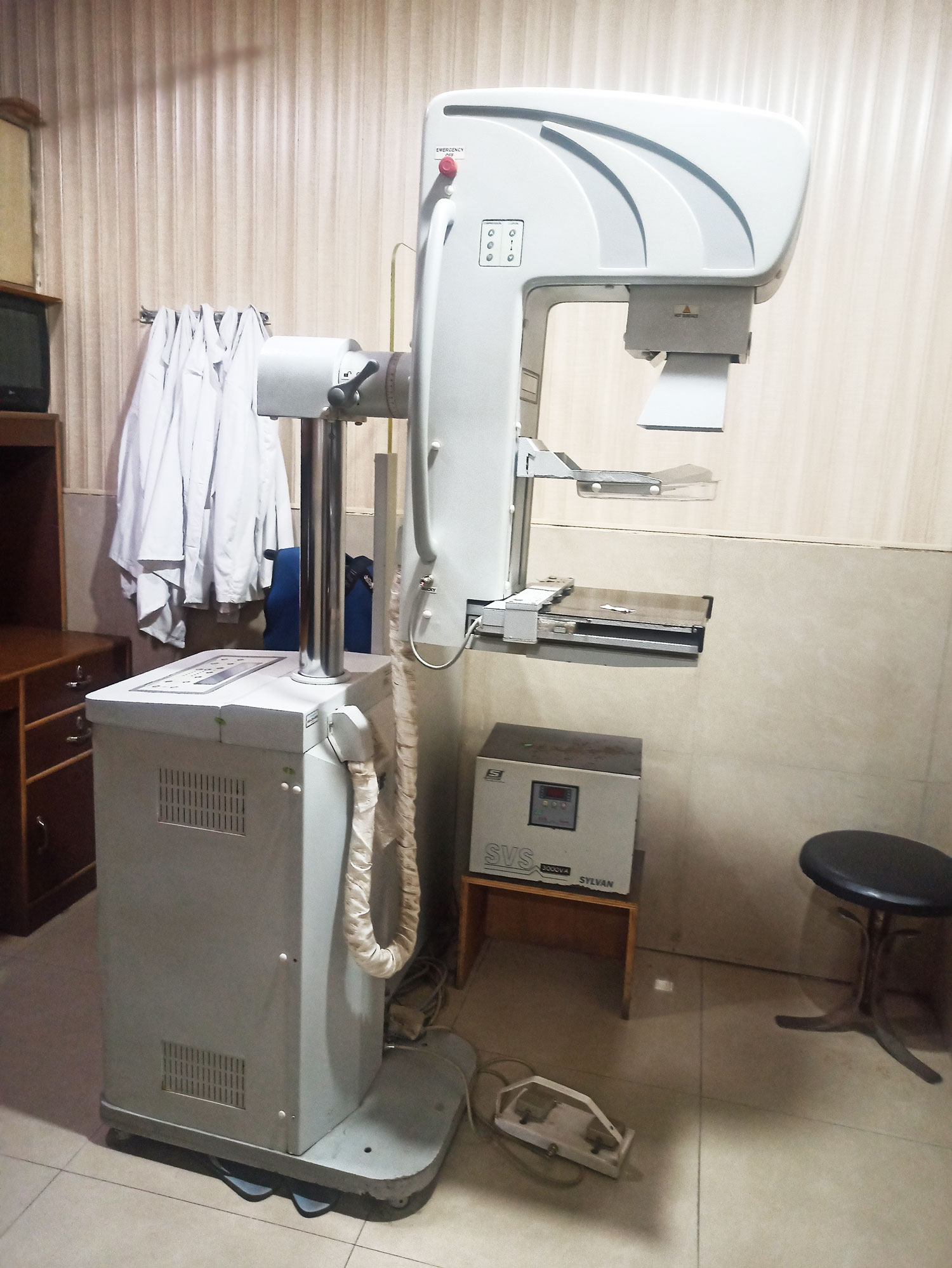Mammography is a medical imaging technique specifically designed to examine the breast tissue for the early detection of breast cancer and other breast-related conditions. It is a crucial tool in the field of breast health and cancer screening.
Here are some key points about mammography:
-
Purpose: Mammograms are primarily used for breast cancer screening, allowing doctors to detect abnormalities in breast tissue, such as tumors or cysts, often before they can be felt through physical examination.
-
Procedure: During a mammogram, the patient's breast is compressed between two plates, and X-ray images are taken. Compression helps to spread out the breast tissue and allows for clearer imaging. While it may be uncomfortable, it is usually not painful and is relatively quick.
-
Benefits: Mammography is a powerful tool for early breast cancer detection, which can significantly improve the chances of successful treatment. Detecting breast cancer at an early stage typically means more treatment options and better outcomes.
-
Guidelines: The frequency and age at which women should have mammograms can vary based on individual risk factors and guidelines from different health organizations. Generally, women are advised to begin regular mammography screening in their 40s or 50s, and the frequency may range from annually to every two years.
-
3D Mammography: Digital breast tomosynthesis, also known as 3D mammography, is an advanced technique that captures multiple images of the breast from different angles, creating a 3D reconstruction. This can provide more detailed information and reduce the likelihood of false positives.
-
Risks: While mammography is generally considered safe and highly effective, there is a small amount of radiation exposure associated with the procedure. The benefits of early cancer detection outweigh the potential risks for most women. It's essential to discuss the risks and benefits with your healthcare provider.
-
Breast Self-Exams: Mammography is just one part of breast health. Breast self-exams and clinical breast exams by a healthcare provider are also important tools for early detection and should be combined with mammography as part of a comprehensive breast health strategy.
Regular mammograms are a critical component of breast cancer screening and early detection efforts, particularly for women at higher risk. It is essential to follow the recommendations and guidelines provided by your healthcare provider or local health authorities for breast cancer screening based on your age and risk factors.

